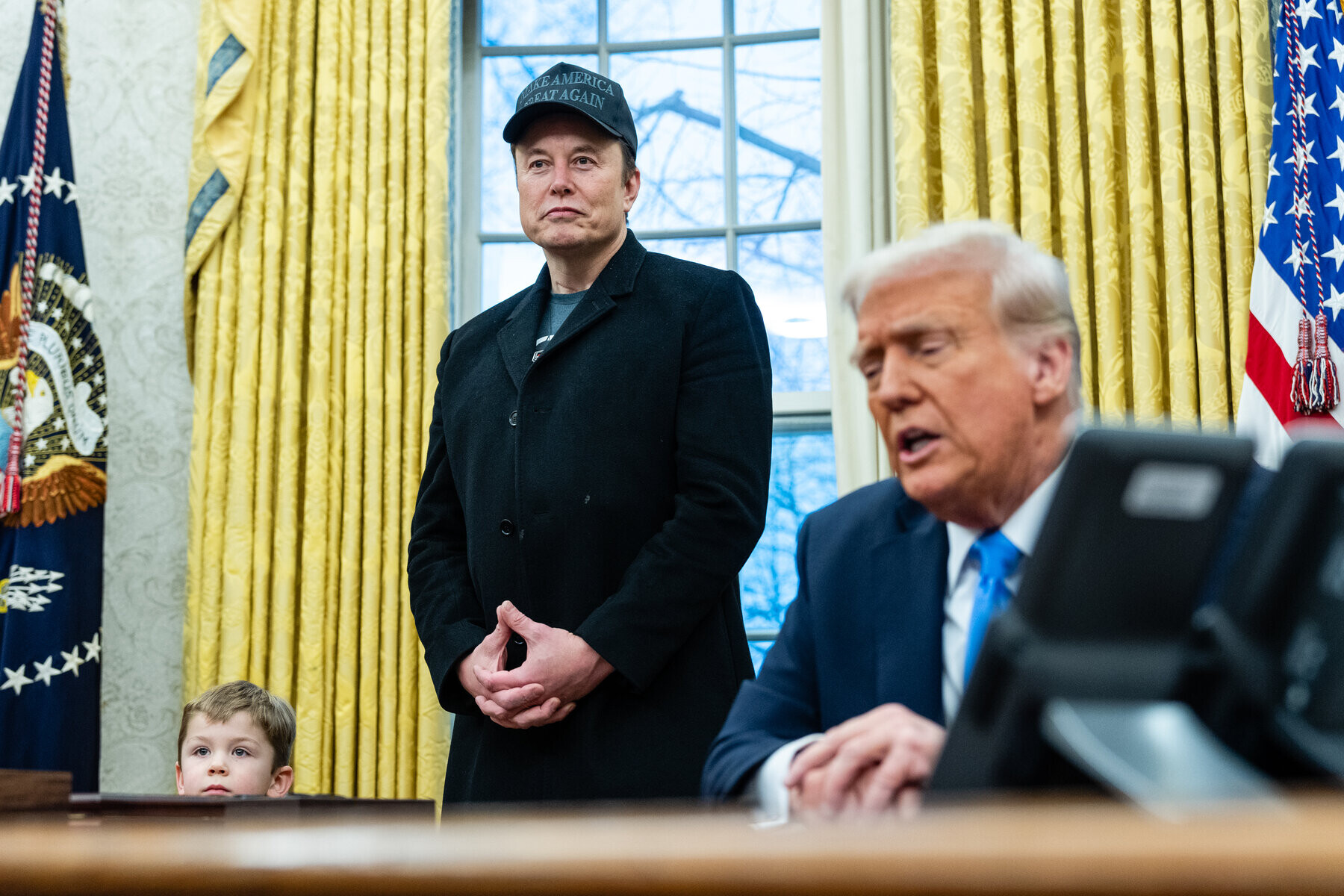Editorial
By Paris Lettau
Issue 4, Summer 2025
Across this issue, a recurring tension emerges between what can be said, what must be withheld, and who controls the threshold between the two. In conversation with Declan Fry, Chris Kraus reflects on her new novel’s blend of small-town crime and Trump-era “cancellation,” asking how a writer can depict other people’s lives when social media, true crime, and activist vocabularies are all busy turning them into types, or erasing them altogether. Micaela Sahhar turns to Anna Akhmatova, the poet who defied Stalin’s censors, to trace how media and cultural institutions now treat Palestine as a zone of censorship, suppression, and risk management. That climate finds an echo in Berlin, where Tania Bruguera’s hundred-hour Hannah Arendt reading at the Hamburger Bahnhof was overtaken first by pro-Palestine activists, then by the institution’s own fear. As Hilary Thurlow argues, what played out was not a clash of opposing camps but a sign of the Left’s deeper fractures under the pressure of moral absolutism. And is this not close to Nicolas Hausdorf ’s claim that the West’s moral language, forged in the crucible of the twentieth century’s horrors, has been worn thin by empty repetitions and meme-like escalation, until it can no longer bear its original meaning?
Meanwhile, the old question of “effective political art” persists. Rex Butler reads 65,000 Years: A Short History of Australian Art as a kind of visual plebiscite, a wall of works in which every artist gets a vote and every vote counts the same — a quasi-“Voice” in exhibition form — while there are revisitations of the weary Marxist art historian T. J. Clark, whose new collected essays are reviewed by Francis Plagne.
Elsewhere, the veil is not political but ontological. For Susie Anderson and Hannah Presley, the veil marks a space of partial revelation in which artists choose what to show and what to keep, set in stark contrast to the radical transparency of Caveh Zahedi’s life-as-art practice, with all its personal collateral, as explored by Chelsea Hopper.
Questions of exposure return again in Biz Sherbert’s interview with Hana Earles, where scribbled text, titles, and even Jo Malone perfume bottles act as “secret doorways” between diary-like interiority and the messy surface of painting. Seen this way, Earles’s work, steeped in psyops, Manson girls, anime adolescence, Addison Rae, mumblecore, and spiritual acceleration, offers an oblique map of Melbourne’s outwardly impoverished backyard-gallery ecology over the past decade — the Meows, Guzzlers, Asbestoses, and Punk Cafés at the fringes of the city’s institutional officialdom. Call it, with Gemma Topliss, façadism.
— Paris Lettau
Related

Artistic resistance, from Ai Weiwei to Archie Moore’s kith and kin, punctures the facades of power as Australia’s art institutions wobble between defending creative freedom and capitulating to a rising culture of control.

I have begun to desire noise. Noise that prompts. Maybe wounds. I want to remember something that feels tangible, and if I have no memory of how this feels I want to create one.